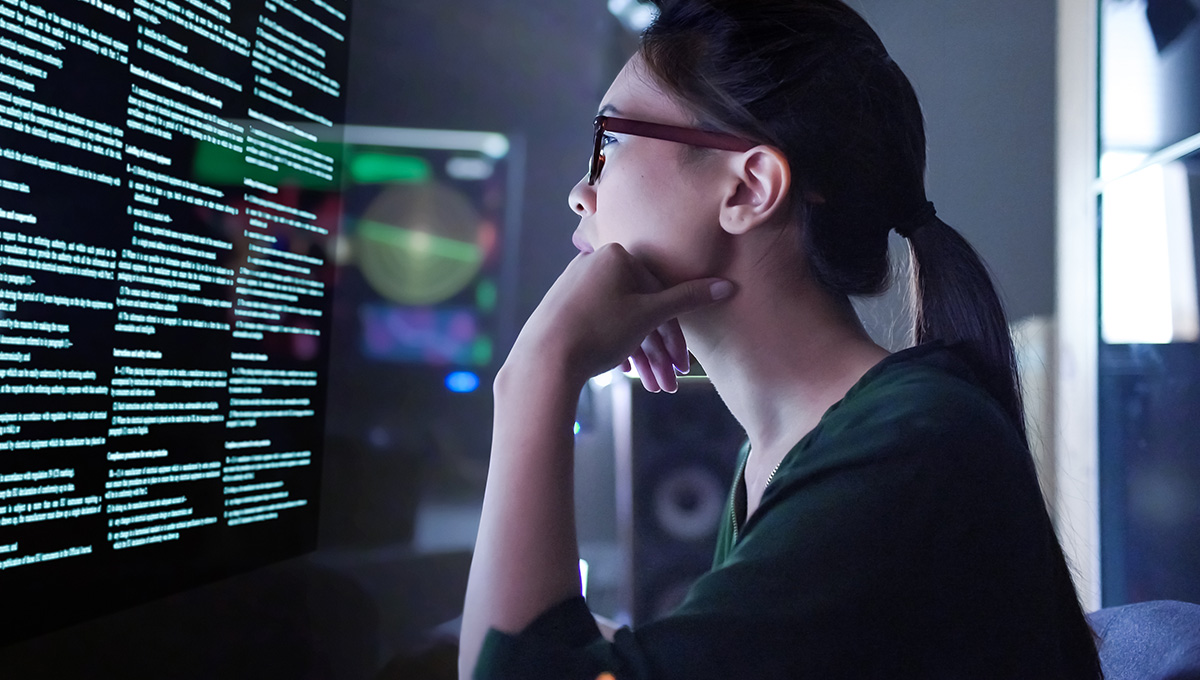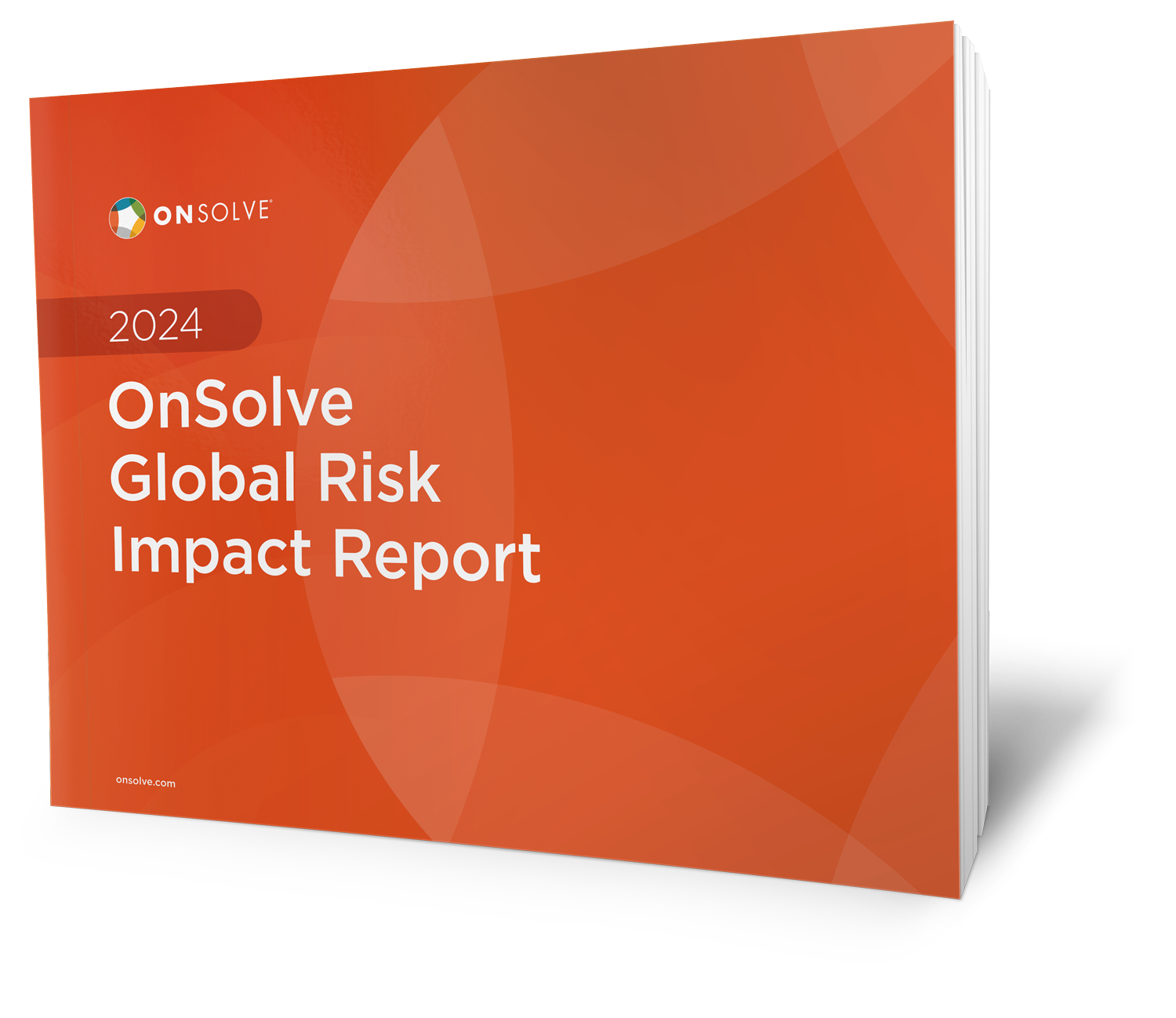When a critical event happens, your job isn’t the only thing that depends on risk intelligence. Lives often do.
Risk intelligence brings awareness of what happened, when it happened and where. It tells you who or what might be affected and provides the details your team needs to protect your organization’s most valuable assets — your people, places and property.
But with so much at stake, many organizations collect too much data, much of it irrelevant. And analysts end up drowning in a sea of “noise.” Sound familiar?
To stay buoyant, you need risk intelligence that’s, well, more intelligent.
That’s where the power of artificial intelligence (AI) helps isolate what’s relevant to your world and filters out the rest, making your risk intelligence not just smarter, but also faster and more actionable.
AI-powered risk intelligence empowers your analysts, taking them from raw data to actionable intelligence in minutes versus hours. Your team gets the analytics they need to size up the situation and take decisive action — fast.
Here’s how it works:
Ingest—The AI engine pulls feeds from thousands of data sources, both structured (like weather services) and unstructured (social media), as well as analysts’ assessments. Its data pipeline architecture allows a constant flow of new data, keeping your analysts on top of every new development.
Clean—Raw feeds come with noise. Machine-learning risk intelligence extracts and cleans the data to separate the relevant information from the irrelevant. You can set up rules to specify types of threats or areas you want to protect.
Classify—After cleaning the data, the AI engine identifies the type of threat using leading global sources such as the World Health Organization and World Meteorological Organization, plus government agencies like the FBI and FEMA.
Locate—Geoparsing relies on advanced machine learning and natural language processing algorithms to find and resolve the event location, removing any ambiguities that might get in the way of determining the event’s impact.
Detect—After the where, you need to know the when. A two-step process that relies on natural language processing and machine learning evaluates dates and times from the full range of data sources to establish exactly when a crisis happened.
Cluster—AI scans for similarities in event details like type, location and time. After identifying any relevant stories, it labels and clusters them. The result: Your analysts get a single event profile with all supporting stories instead of dozens of unrelated stories.
Learn more about how AI-powered risk intelligence can help your analysts make fast, informed decisions that help save lives and mitigate negative business impact. Download the ebook today.
 US
US

